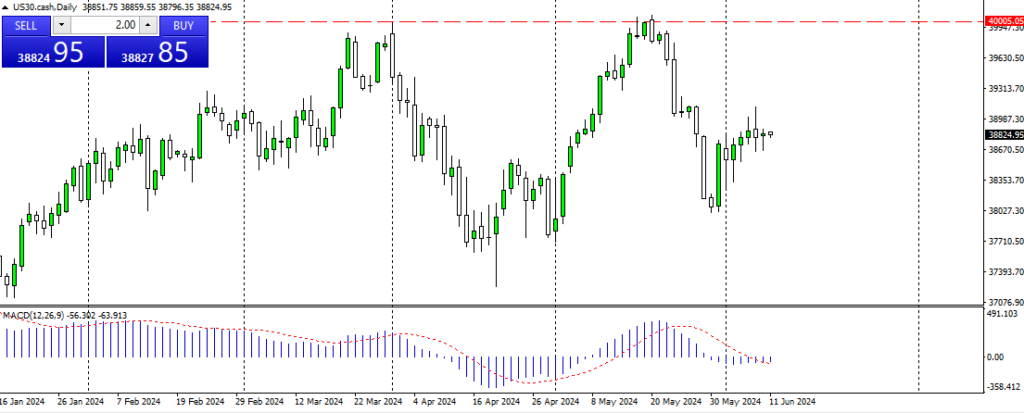Equal1, an Irish quantum computing company, has signed a memorandum of understanding with tech giant Nvidia to collaborate on developing quantum technology. The partnership will focus on combining Equal1’s quantum hardware, specifically their UnityQ quantum system-on-chip, with Nvidia’s CUDA-Q quantum software platform. This collaboration aims to explore quantum technology use cases and develop proofs of concept for quantum-classical hybrid computing in cloud and data center environments. The agreement was announced at Nvidia’s Silicon Valley headquarters during an Enterprise Ireland trade mission.
Equal1’s CEO, Jason Lynch, expressed excitement about working with Nvidia, especially in joint customer projects focusing on scalable quantum computing. Nvidia, riding a wave of revenue growth driven by the AI boom, recently reported significant earnings and has expanded its CUDA-Q platform to supercomputing sites in Germany, Poland, and Japan.
Article:
Quantum Computing Breakthrough: Equal1 Partners with Nvidia for the Next Leap in Technology
In a landmark move set to push the boundaries of quantum computing, Irish quantum tech company Equal1 has entered into a partnership with the global chip leader Nvidia. Announced at Nvidia’s Silicon Valley headquarters during Enterprise Ireland’s US trade mission, this collaboration marks a significant step in the evolution of hybrid quantum-classical computing.
A Quantum Leap for Cloud and Data Centers
At the core of this collaboration is the fusion of Equal1’s groundbreaking hybrid silicon quantum hardware with Nvidia’s cutting-edge CUDA-Q quantum software platform. Equal1, a Dublin-based spin-out from University College Dublin (UCD), has developed the UnityQ quantum system-on-chip—a processor that integrates a full quantum system onto a single chip. This innovation could make scalable, quantum-classical computing feasible for real-world applications, particularly in cloud computing and data centers, revolutionizing how complex computations are handled.
Nvidia’s role in this partnership cannot be understated. With its CUDA-Q platform, the chipmaker is already enabling quantum processing in supercomputing environments in countries like Germany, Poland, and Japan. Now, combined with Equal1’s silicon quantum hardware, the two companies are poised to unlock vast new opportunities for business models, technology use cases, and proofs of concept in quantum computing.
Breaking Barriers Together
According to Equal1 CEO Jason Lynch, this collaboration is about much more than just combining two technologies. It’s about creating real-world solutions that could reshape industries. “We are particularly excited about the opportunity this presents to work with joint customers who see the potential of hybrid quantum classical silicon compute to deliver scalable quantum computing,” he said. Such advancements could revolutionize sectors like cryptography, artificial intelligence, and data analytics by delivering previously unachievable computational power.
A Perfect Partnership at a Critical Time
Nvidia’s rise in the quantum and AI landscape has been meteoric, thanks to surging demand for advanced computing solutions. In its latest earnings report, Nvidia revealed $30 billion in revenue for the second quarter of 2025, a staggering 122% increase year-on-year. As the company continues to push into new frontiers like AI and quantum computing, partnerships like the one with Equal1 are becoming crucial for staying ahead in a rapidly evolving tech landscape.
Leo Clancy, CEO of Enterprise Ireland, praised Equal1 as a “pioneering company” and highlighted the potential impact of this partnership. “This new collaboration has the potential to unlock major technological advances,” he said, underscoring the strategic importance of the trade mission and the role Irish companies like Equal1 are playing on the global tech stage.
The Future of Hybrid Quantum Computing
While the full potential of quantum computing is still being realized, this collaboration between Equal1 and Nvidia brings us a step closer to that reality. Quantum-classical systems, such as the one being developed by Equal1 and Nvidia, could solve some of the most complex challenges faced in computing today—challenges that classical systems alone cannot handle. Whether in simulating chemical processes, optimizing logistics, or securing communication, the applications are vast and game-changing.
This partnership not only showcases the exciting innovations happening in the quantum space but also positions Ireland and its tech ecosystem as a global player in the race for quantum supremacy. With Equal1 and Nvidia pushing the boundaries, the future of quantum computing is looking brighter—and closer—than ever.
